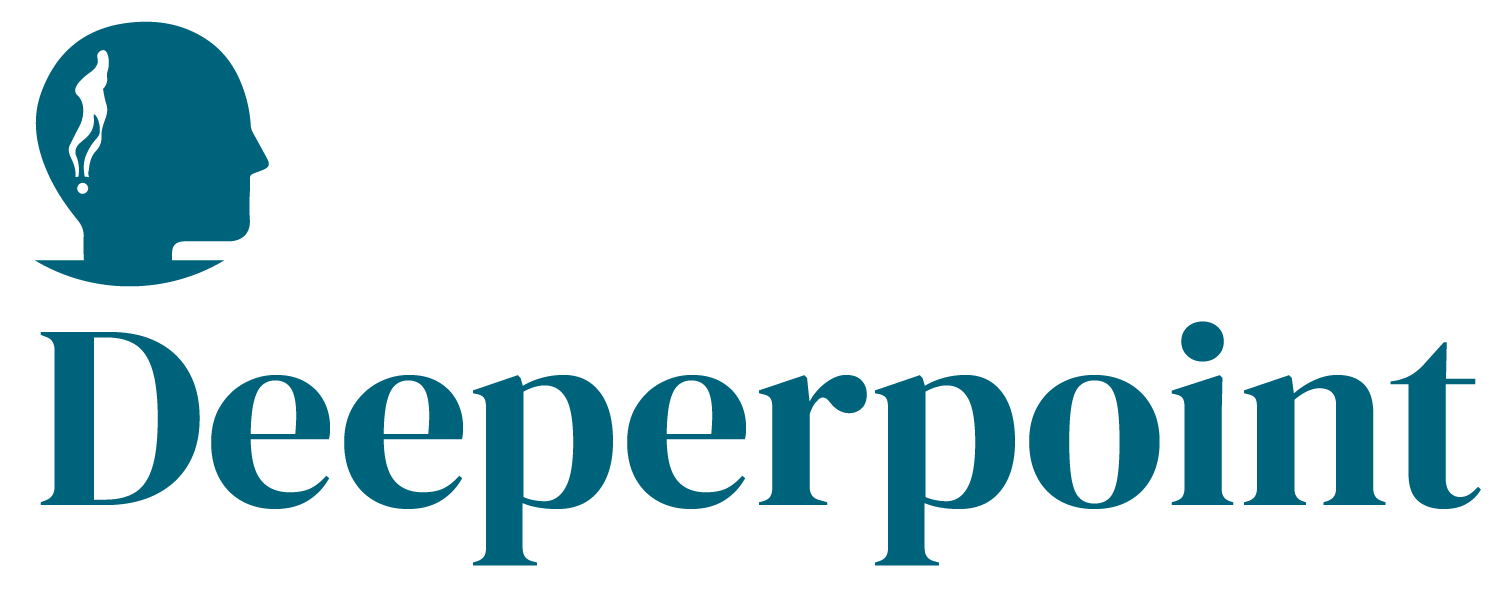Vision
CDFE coordinates distributed environmental monitoring by linking researchers with community partners and farms who can contribute fractional fieldwork. The vision is high-resolution, longitudinal climate data—soil moisture, biodiversity counts, phenology—collected ethically at scale. Sponsors benefit from lower data costs, broader geographic coverage, and faster cycles from hypothesis to policy-relevant insight.
Problem
Researchers need many micro-sites across terrains and seasons, but recruitment and coordination are slow. Volunteers lack training, incentives, and simple tooling. Data arrives in inconsistent formats (spreadsheets, photos, sensor exports), making QA and synthesis costly. Without a structured exchange, promising projects stall, and localized climate risks remain poorly measured.
Solution
Cosolvent manages project briefs, partner onboarding, and scheduling. LLM+RAG unifies unstructured uploads—CSV logs, geo-tagged photos, PDF protocols—so contributors and researchers can ask natural questions—“which plots exceeded temperature thresholds last week?”—and retrieve clean subsets with citations. ClientSynth simulates multi-site participation, dropout rates, and data completeness profiles to help sponsors fund the right incentives and training before launch. This reduces waste and raises confidence that pilots will generalize to larger programs.
Business Model
Revenue includes sponsor subscriptions from universities, NGOs, and companies; stipends and equipment credits flow to contributors. White label exchanges can support watershed agencies and conservation groups. Over time, governed, aggregated datasets can be licensed for validated use cases, improving sponsor ROI while advancing public research goals.
